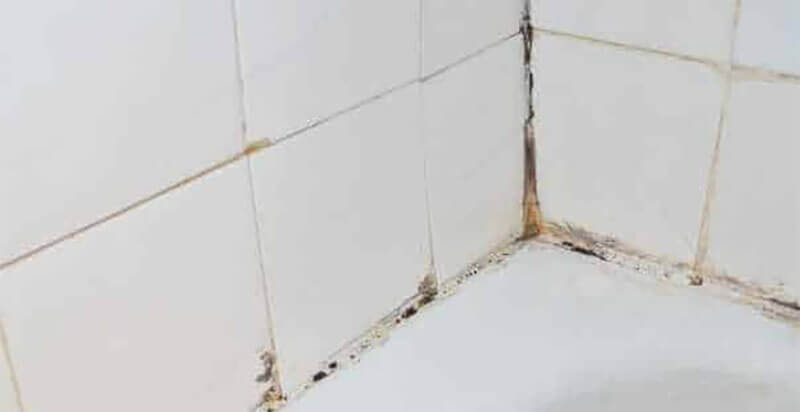How To Remove Silicone Caulking
With an emphasis on bathroom installations.
Posted 16:19 August 21, 2023
Last Updated 16:19 August 21, 2023

Materials and Tools You'll Need:
- Utility Knife or Razor Blade: Used to carefully cut and scrape the old caulking.
- Caulk Softener or Remover: Chemical solutions designed to soften and dissolve caulk for easier removal.
- Heat Gun or Hair Dryer: Helps to soften and loosen the caulk.
- Plastic Scraper or Putty Knife: Used to gently scrape off the softened caulk without damaging the surfaces.
- Isopropyl Alcohol: To clean residue and prepare the surface for new caulking.
- Gloves and Eye Protection: For safety while working with chemicals and sharp tools.
Step-by-Step Guide:
1. Preparation:
- Ensure good ventilation in the bathroom by opening windows and using exhaust fans.
- Put on gloves and eye protection to protect yourself during the process.
- If the caulk is on a vertical surface, you might want to place a drop cloth or plastic sheet underneath to catch any falling debris.
2. Softening the Caulk:
- If you're using a caulk softener or remover, follow the manufacturer's instructions. Typically, you'll apply the solution to the caulk and allow it to sit for the recommended time (usually a few hours).
- Alternatively, you can use a heat gun or hair dryer to gently warm up the caulk. Be careful not to overheat the area or damage the surrounding surfaces.
3. Cutting and Scraping:
- Once the caulk is softened, use a utility knife or razor blade to carefully cut along the edges of the caulk. This will help create a separation between the caulk and the surfaces it's adhered to.
- Use a plastic scraper or putty knife to gently lift and scrape the softened caulk away. Hold the scraper at a shallow angle to avoid scratching the surfaces.
4. Repeat as Needed:
5. Clean the Surface:
6. Applying New Caulk (Optional):
Remember that patience is key during this process. Take your time to ensure that you're removing the caulk without damaging the underlying surfaces. If you encounter stubborn caulk, you might need to repeat the steps or consider seeking professional help. If you have an especially difficult job and would like help, contact the professionals here at All Trades. We service Las Vegas, Henderson, and Boulder City in Nevada.



